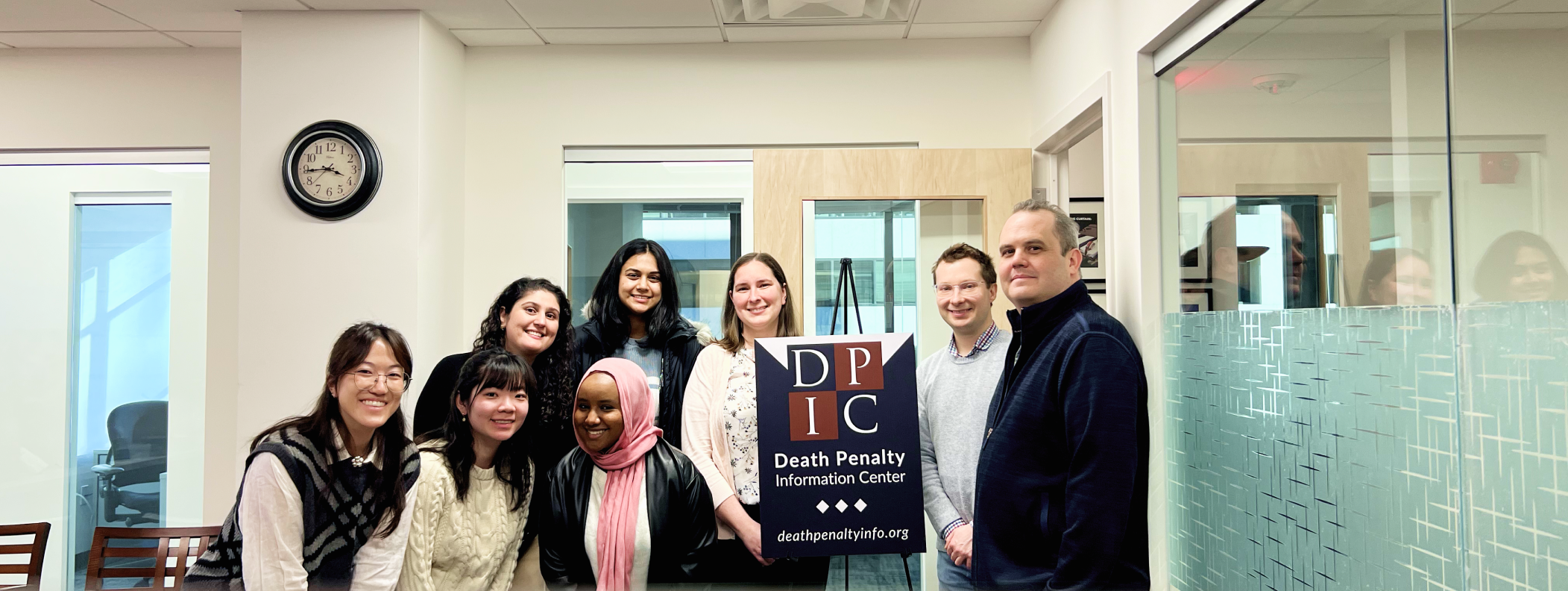This project is a work in progress 👩🏻💻
Follow my team's capstone journey on Medium!
.png)
Many Americans believe the Death Penalty is applied fairly. But data from the Death Penalty Information Center undeniably proves otherwise.
.png)
Research, design and prototyping
the Death Penalty Information Center
Jan - Aug 2024
DPIC shifts from being just a research tool, to an influential leader in criminal justice, all while staying neutral.
Using storytelling to encourage newbies to learn more about the death penalty helps avoid misconceptions.
DPIC does not take a position on the death penalty itself but is critical of problems in its application.
.png)
DPIC lies at the heart of the death penalty in the US backing up lawyers, prosecutors, researchers, media and the public with accurate facts and data.
DPIC reports on new death penalty issues every day. Inevitably, their data backend is becoming too large to handle.

Meeting with DPIC's tight-knit staff at our kickoff meeting in DC. Together, we explored their impact on the criminal justice space and on leaders like policymakers and activists.
But when I learned of DPIC's extensive loyal user base, credibility, and the power to create criminal justice reform in the US,
I got the sense that the problem is bigger than managing data.
What was it? I didn't know yet.
To find out, my team needed to turn to people working in the death penalty space or those impacted by it.
.png)
Our two-pronged approach to exploratory research included 1) learning about death penalty problems, and 2) how other domains solve similar ones.
Data is undeniable, but data alone isn't enough to mobilize people to action.
It needs to tell a story.
.png)
So really, the problem is that



Follow my team's capstone journey on Medium!